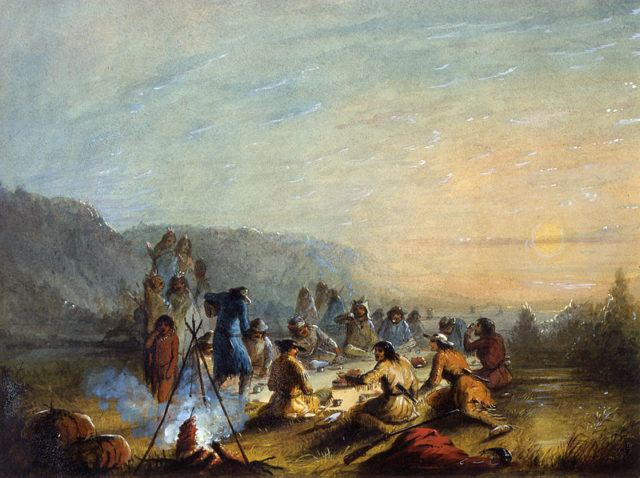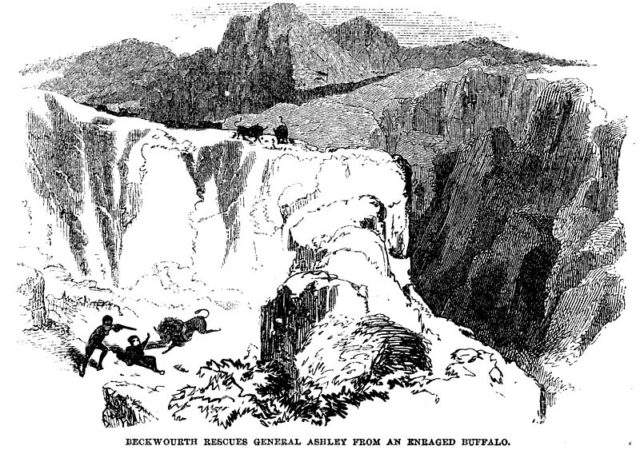In the 1820s the American West was still largely a mystery. Yellowstone hadn’t even been explored yet and often the only people out there were the fur traders and Native Americans.
William Henry Ashley was one such fur trader with a strong business sense, and he often hired other traders and encouraged them to explore and map as they hunted beaver pelts.

This was an unusual move and considered a pioneering action in the area of fur traders, who had been not so well organized before. Often fur hunters collected what they came across, but Ashley was able to direct his men to what was wanted at the time. He hired mountain men such as Hugh Glass and Jim Bridger to spend months out in the wilderness seeking paths through the mountains.
They often were the first white people to explore areas, and their reputation for surviving in the rugged West grew until they became popular legends in their own right.
The routes that were discovered would later be continued to be used by countless settlers as the West opened up to them.

Ashley’s life as a child is shrouded in mystery as no one knows for sure when he was born or where. He is known to have been in Missouri around 1803. As an adult, he was very active in business in St. Louis. In his lifetime, he married three times and left behind no children. He worked on such business ventures as manufacturing gunpowder, real estate speculation, and banking. In the War of 1812, he enlisted and quickly ascended the ranks over the years, ending up as a brigadier general. It is thought that even though he had a successful political career, it never fully eclipsed his interest in trapping.
His trapping business was large and he co-owned the Rocky Mountain Fur Company with his friend Andrew Henry. He made many innovations in the trading between settlers and Native Americans, arranging barter points for the ease of trading, About Education reported.

Ashley left the fur trade in the late 1820s and became a member of Congress for the new state of Missouri. He often threw his vote in with President Jackson and was an active advocate for expansions into the west.
Unfortunately, he died of pneumonia in 1838 at the approximate age of 58, just before a large scale western migration started, but he is recognized as one of the important leaders of the time to have helped the move begin.
